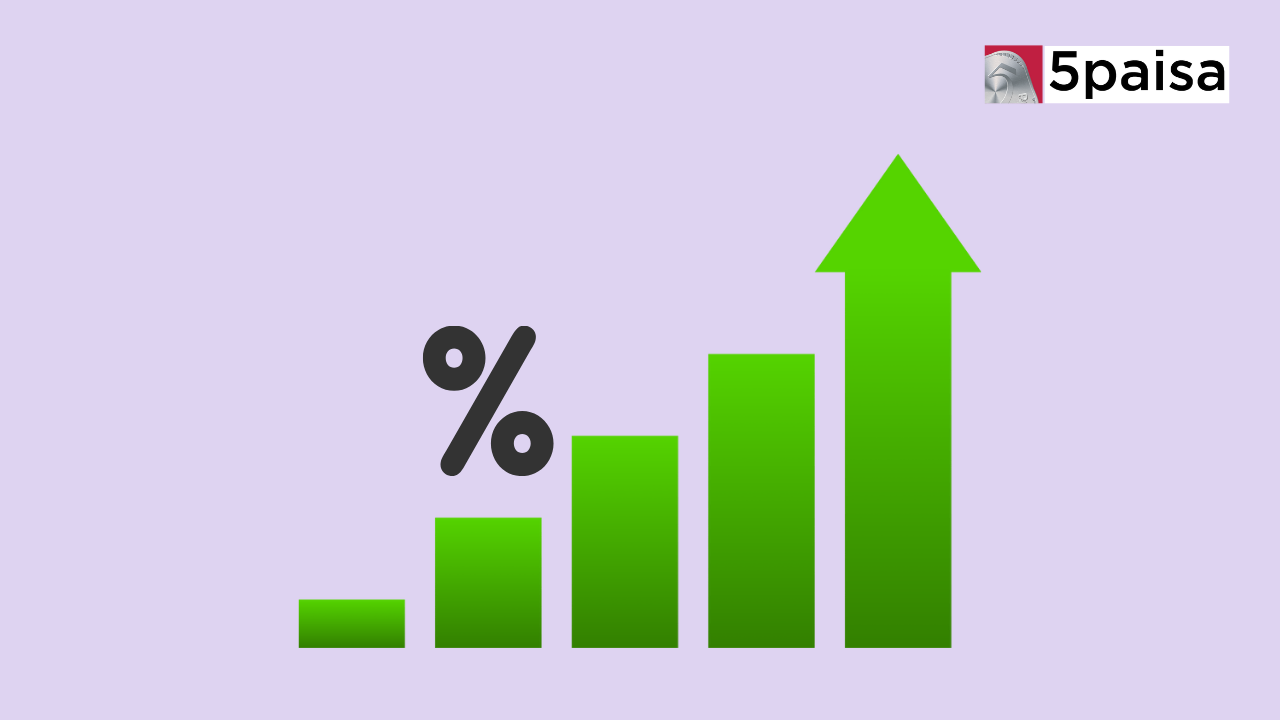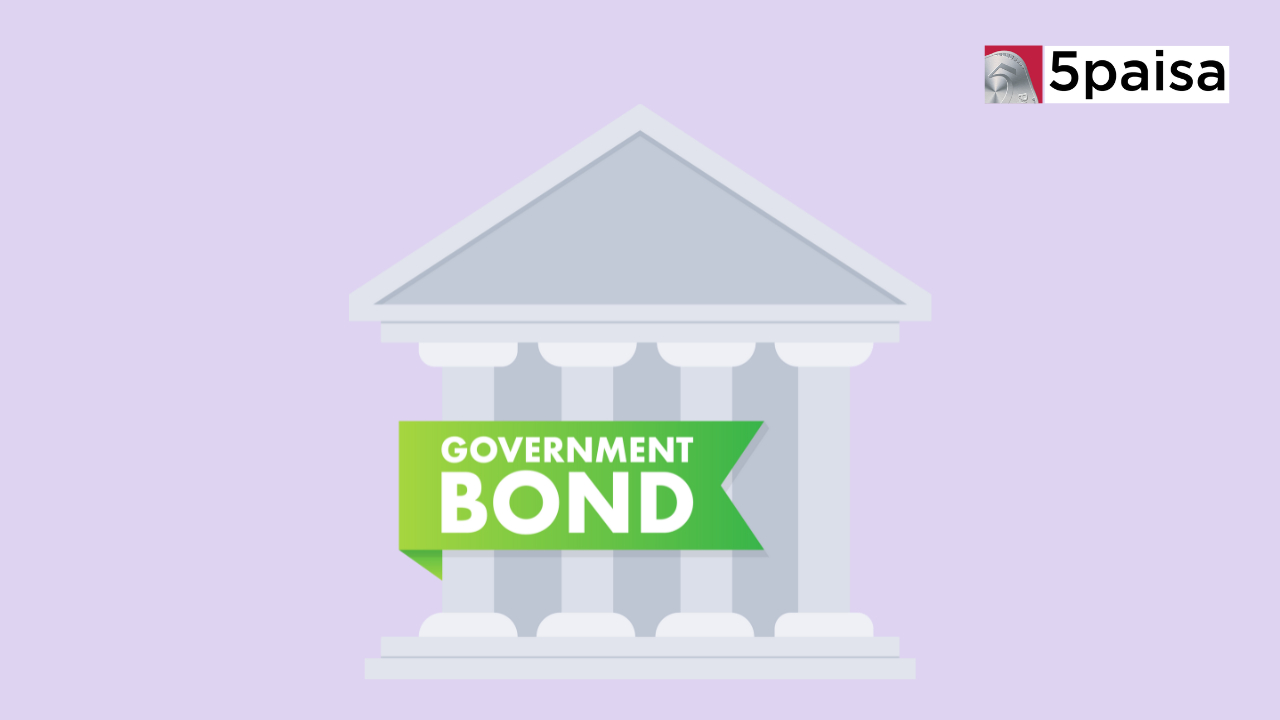Top Growth Stocks Trading at a Discount
Why does everyone including Mukesh Ambani want to become a lender?

Last Updated: 16th December 2022 - 04:21 pm
On October 21, Mukesh Ambani-controlled Reliance Industries Ltd (RIL) said it would demerge and list its financial services business on the Indian stock market.
As part of the demerger plan, every RIL shareholder will get one share of Jio Financial Services Ltd (JIFL) for every share of the conglomerate’s listed parent they currently hold.
The financial services firm plans to launch consumer and merchant lending business while continuing to evaluate organic growth, joint-venture partnerships as well as inorganic opportunities in insurance, asset management and digital broking segments, it said.
The demerger will be done through a share-swap arrangement, Shareholders of RIL will get one share of JFSL for every share held by them. The investment of RIL in Reliance Industrial Investments and Holdings Limited (RIIHL), which is a part of the financial services undertaking of RIL, will stand transferred to JFSL.
RIL will demerge its financial services undertaking into Reliance Strategic Investments Limited (RSIL), which will be renamed JFSL. RSIL is an RBI-registered non-deposit-taking systemically important non-banking financial company.
Several analysts feel this announcement sets in motion Reliance’s plan to demerge its principal arms and monetise its several businesses. They say this move looks good for the company from the perspective of long-term value creation.
All that sounds very good for Ambani’s Reliance. But he is entering a market which is looking more and more crowded with each passing day.
The lending rush
Everyone, it seems, wants to get into the business of lending. And those that already own a non-banking finance company (NBFC) are looking to get a full banking licence from the Reserve Bank of India (RBI).
From Flipkart co-founder Sachin Bansal’s Navi to Vijay Shekhar Sharma’s Paytm to the Piramal family of Piramal Enterprises fame, everyone seems to have entered the NBFC market. Then, there are the myriad fintechs that provide short-term ‘buy-now-pay-later’ loans in conjunction with online and offline retailers.
And on top of that are all the dozens of loan apps that cater mostly to the middle to lower middle-class market, lending money at usurious rates and then often shame borrowers who cannot repay those loans.
But why do so many of India’s most well-established businesses as well as foreign-funded fintech companies want to get into the business of lending in the first place?
Ashneer Grover, who co-founded payments app BharatPe, from where he was later ousted, said in an interview in August last year, fintechs that are in the business of payments do not make much money.
“In payments, you can't make money in India. It is a friction product. You are charging the merchants and passing on the benefit to customers. Why would the merchant pay and till when?” Grover told Moneycontrol.
Grover said the merchant has no appreciation for this service. “He thinks if he keeps the customers waiting for 10 seconds by saying that the card machine is not working, they will end up paying in cash. This way, he will also end up saving 1-2% of his income. You can use payment as a mode for customer acquisition or offer as a service for free, but, eventually, you will have to earn money through lending. All fintechs in India will eventually have to be lenders,” he added.
Grover did have a point. When the likes of Paytm and Freecharge first entered the market, users had no choice but to load their wallets and then make payments to merchants or to pay bills online. The money lying unused in the wallets would earn the user no interest, while the fintech could put that money to work and earn something off it.
And so, in the wake of demonetisation in November 2016, these wallet-based apps had a field day as 86% of the currency was sucked out of circulation overnight and users had no choice but to make payments by loading money into these wallets.
But the following year, the Reserve Bank of India (RBI) went live with the Unified Payments System (UPI), and turned the entire game on its head.
The UPI made peer-to-peer (P2P) payments seamless and money could now be transferred straight from the sender’s bank account to that of the receiver. Fintechs like Paytm had effectively lost their raison d'etre.
Little wonder then that Paytm has been focussing on its lending business very aggressively. In July, the firm said the number of loans disbursed through its platform grew 492% y-o-y to 8.5 million loans in the quarter ending June 2022, while the value of loans disbursed grew 779% y-o-y to Rs 5,554 crore.
Paytm said its lending and disbursements touched an annualised run rate of over Rs 24,000 crore in June. “The rapid growth of our lending products brings us an attractive profit pool. We are also seeing increases in average ticket size due to the scale-up of the personal loans business in particular,” the company said in a regulatory filing.
Ambani’s game plan
For Ambani, however, the game looks slightly different. As a Bloomberg report notes, having sold data to more than 300 million users, and having become the biggest telecom operator in the country in terms of user base, what next can he sell them?
One answer is financial services. “People will always need credit. Whether they deserve it — and how much — is either left to traditional credit-scoring models, which tend to exclude a broad swathe of the unbanked population. Or, as it has been demonstrated by Ant Group Co. in China and MercadoLibre Inc. in Argentina, creditworthiness may also be gleaned from buyers’ and sellers’ transactions data on large online platforms,” the Bloomberg report noted.
In fact, in its October 21 press release, Reliance said as much. The company said it wants to move towards a “consumer and merchant lending business based on proprietary data analytics to complement and supplement the traditional credit bureau-based underwriting.”
What Ambani, says Bloomberg, is looking for, is a DNA (data, network, activity) loop. The digital trail people leave behind on e-commerce or social media sites can be used to bind them into a strong network, which can be harnessed to encourage borrowing activity, leading to yet more data on consumer behaviour, the report said.
For Reliance, the loop is already in place. Apart from owning India’s largest telco, the conglomerate also runs the country’s biggest retailer, with more than 250 million transactions last quarter from 50 million square feet of store-front space. Ambani also connects customers with neighbourhood shopkeepers so they can order grocery and everyday items online using Facebook parent Meta’s WhatsApp messaging service.
Interestingly, even as Ambani enters this new game, he will have to compete, among others, against the Piramals into whose family he recently married his daughter Isha. The Piramals have for long been eyeing a banking licence. They haven’t got one yet, but in July the RBI allowed them to set up an NBFC, which could eventually give them a toehold into the county’s lending market.
But the Piramals may not be Ambani’s biggest competitors. He may be looking to pre-empt India’s richest man Gautam Adani, who is also looking to list his own lending arm Adani Capital by 2024.
The markets though have not been too impressed. Reliance, which had peaked at 30 times its forward earnings in 2020, is now trading at 20 times the figure. Paytm, which had a disastrous listing after a mega IPO, has had a poor run of form since then. Despite the impressive growth in its loan book, its counter is still 70% below its IPO price.
Having said that, Reliance will use its vast balance sheet of the order of $200 billion to garner cheap capital from the market, and then offer credit to its vast customer base.
Moreover, Ambani is entering the market as the Indian economy looks to have finally put the COVID disruptions of 2020 and 2021 behind it, and as credit growth looks to pick up again. His eventual goal would be to become a complete payments and credit solutions provider, and perhaps one day, enter banking.
Trending on 5paisa
04
 5paisa Research Team
5paisa Research Team
Discover more of what matters to you.
Indian Stock Market Related Articles
Disclaimer: Investment in securities market are subject to market risks, read all the related documents carefully before investing. For detailed disclaimer please Click here.
 Sachin Gupta
Sachin Gupta Ruchit Jain
Ruchit Jain




